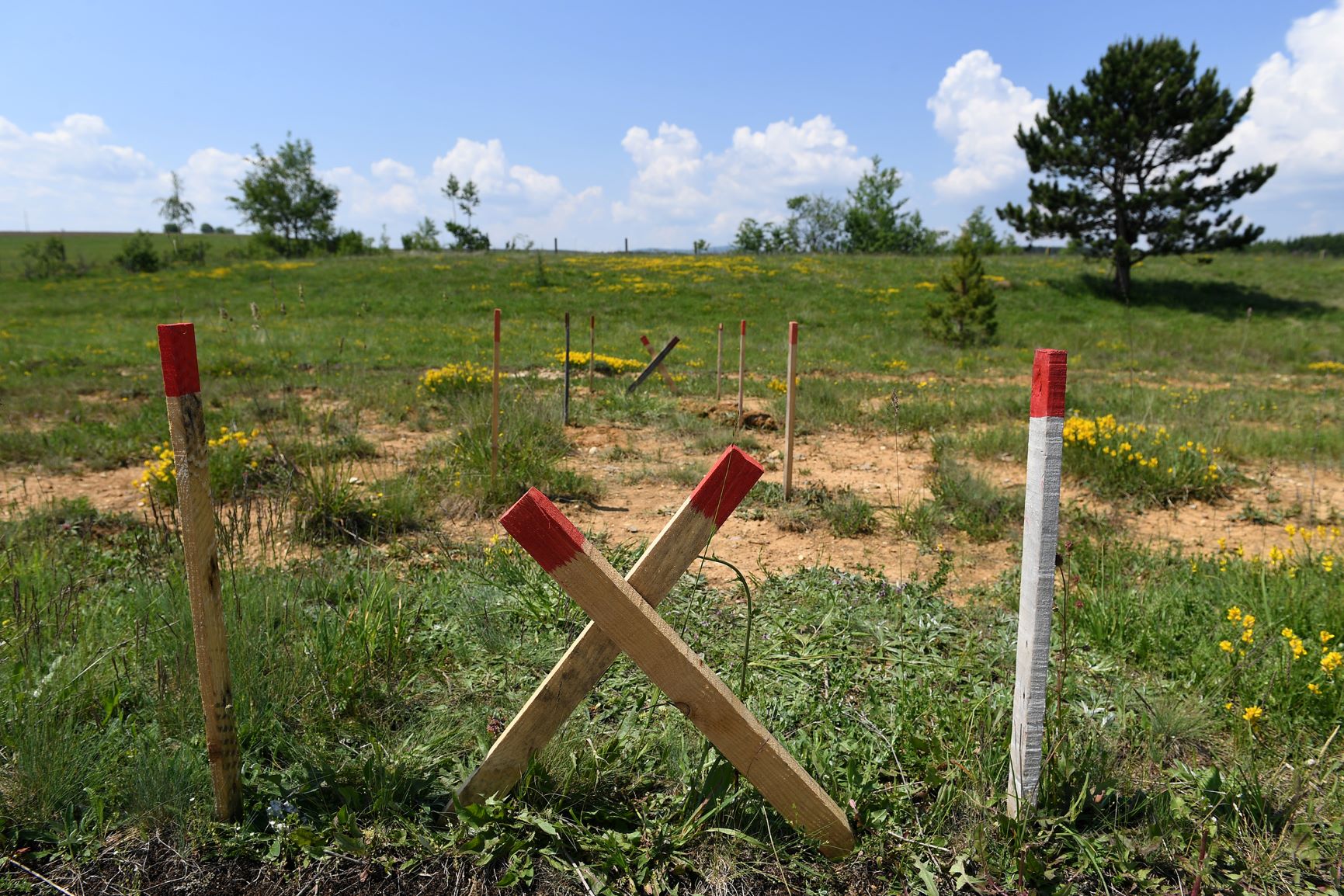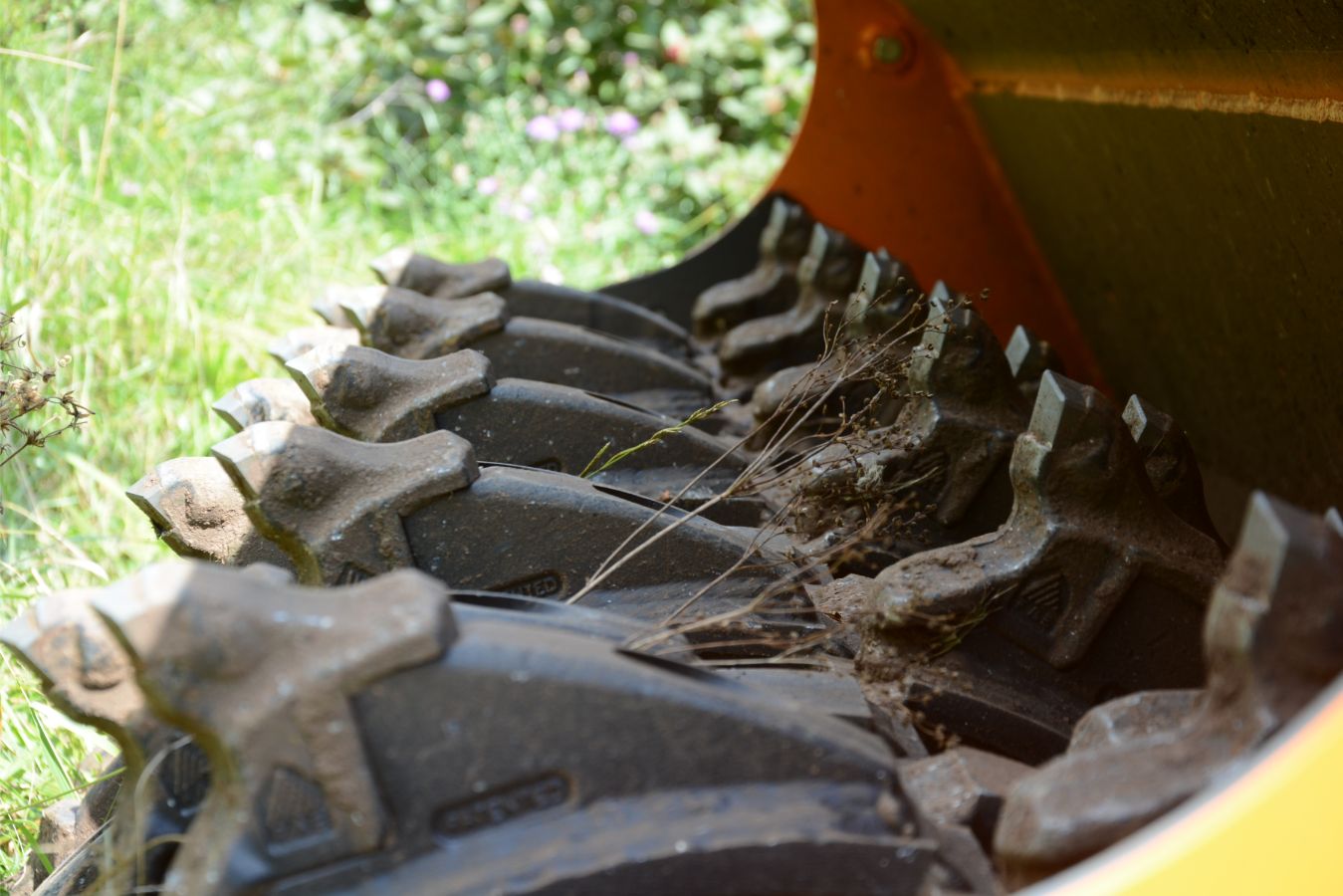The world celebrates 22 years of Ottawa Convention (Ottawa Convention turns 22)
by:Kosta Isailovic

It has been 22 years since the Convention on the Prohibition of the Use, Stockpiling, Production and Transfer of Anti-Personnel Mines and on Their Destruction (or the so-called Ottawa Convention or the Mine Ban Treaty) was adopted, but the legacy of these devastating weapons lives on. The Ottawa Convention was signed on 3 December 1997 and it is one of the world's most widely accepted treaties: over 80% of the world's countries are States Parties to the treaty. There are currently 164 States Parties. Only 32 states remain outside the treaty, but most of them do not actually use or produce antipersonnel mines.[1]
In this period, much has been achieved. All over the world, millions of anti-personnel mines have been destroyed, and many mined area have been cleared. Most importantly, many lives have been saved and the situation for the majority of mine victims is significantly better today than it was two decades ago. According to Landmine Monitor 2018, only in the period from 2013 to 2017, 830 km² of mined area was cleared and 1,065,082 Anti-Personnel Mines were destroyed. The United Nations and many humanitarian organizations have continued to work with Member States and affected communities to reduce the threat and impact of explosive ordnance on humanitarian action, human rights, peace and security, and socio-economic development. This year, the United Nations provides “The United Nations mine action strategy 2019-2023” with the vision of the world free from the threat of mines, explosive remnants of war (ERW), including cluster munitions, and improvised explosive devices (IEDs).
Yes, despite these significant achievements, more than 122,000 casualties have been recorded[2] in the period since 1999. It is worrying that the number of casualties has increased after 15 years of steady decline since 2014. In 2017, 7,239 mine/ERW casualties were reported, compared to 3,993 in 2014, an increase of 81%. Statistically speaking, it means that almost 20 people were killed daily or every hour somewhere in the world we have one casualty caused by mine/ERW.
Thus, mine/ERW contamination is still a major problem for human society. Currently, security situation in the world, armed conflict in some countries, military interventions, disputes between countries, even in Europe, where we have one active armed conflict, deployments of troops on the border with Russia and establishment of razor wire fence on borders of some countries in order to protect country from migrants, indicates that the mine/ERW contamination has a potential to be a growing problem in the future. In such a security environment, some countries/parties could suspend the implementation or stop a biding by the Ottawa Convention in order to better enhance their own protection and security. This could have many dire consequences on everything that civil society did until now regarding mine action and it can cause a domino effect which could threaten to reverse the gains under the Convention attained thus far.
Bearing in mind the above, increase of mine/ERW casualties and new security challenges, we need to work more on prevention mine/ERW contamination. Our job is to point out the devastation caused by these indiscriminate weapons and uncontrolled use of force, which hampers reconstruction and development, damages the environment and causes grievous injuries and deaths for decades after the conflicts end. Also, we have to support national leadership and capacities for mine action through the provision of technical and capacity development advice, evidence-based and context-specific interventions. Our targets have to be parties in countries or areas wherever possible in the armed conflict, with limitations due to the security situation.
Although, this is a sensitive and difficult issue for many countries currently, we need to sit at the negotiating table, to raise this issue and to start with cooperation. No matter how difficult the negotiations with national or parties’ leadership will be, we have to insist on continuing for the sake of our collective future. We should not forget that at the beginning, Ottawa Convention was also complicated and dire, but thanks to perseverance and efforts of everyone involved in the implementation, many lives were saved.
In conclusion, as the Convention states: “Determined to put an end to the suffering and casualties caused by anti-personnel mines, that kill or maim hundreds of people every week, mostly innocent and defenseless civilians and especially children…”, let us remain steadfast in our determination.
[1]Resource: http://www.icbl.org/en-gb/the-treaty/treaty-status.aspx
[2] Resource: Landmine monitor 2018



